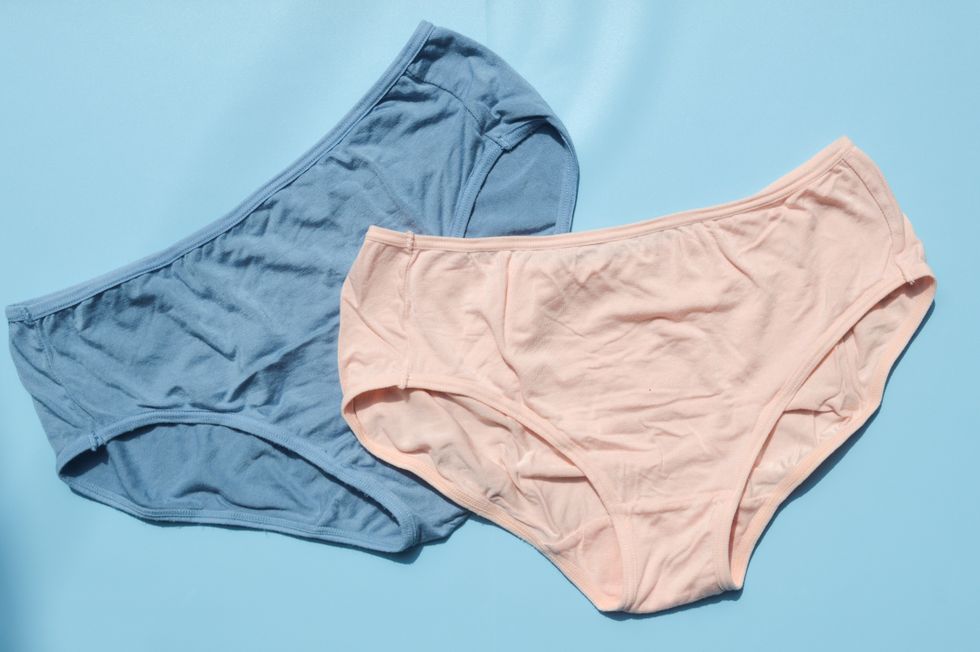How often do you replace your underwear? Expert warns holding on too long may cause 'several health issues'

Even the highest quality undergarments can lose their elasticity and support over time
Don't Miss
Most Read
Latest
As one of the hardest-working items in wardrobes and the least seen, many people cling to their underwear until it's fallen apart.
But health experts have cautioned that worn-out underwear may compromise hygiene, comfort and even skin health.
Doctor Martina Ambardjieva, MD, explained that stretched-out elastics and invisible bacteria build-up are some of the key reasons we should bin undergarments. But how often should we be refreshing our collections?
The expert advised looking out for key indicators that it's time for a replacement, including physical changes in the body.

The expert advised looking out for key indicators that it's time for a replacement
|GETTY
The expert told GB News: "Wearing old or overworn underwear can increase the risk of several health issues.
"As fabric wears out, it loses its ability to properly wick moisture and can harbour bacteria or fungi in its fibres. This creates a warm, damp environment that promotes infections such as urinary tract infections (UTIs), yeast infections, and bacterial vaginosis in women.
"For men, it may contribute to balanitis or fungal groin infections. Additionally, worn-out elastic men cause friction or skin irritation, especially in sensitive individuals."
The primary indicator for replacements is age, with Dr Ambardjieva recommending disposal after 12 months of wear at the very least.
It's worth noting that frequent laundering accelerates the deterioration further, through mechanical friction, exposure to hot water and detergent chemicals.
"From a hygiene perspective, underwear should ideally be replaced every six to 12 months, depending on wear frequency and washing conditions," Dr Ambardjieva shared.
"For individuals prone to UTIs, yeast infections, or with sensitive skin, replacing underwear more frequently, every six months or even sooner if there are signs of thinning or odour retention, is advisable.
"It's also important to wash underwear in hot water or with a hypoallergenic detergent and ensure it dries completely to prevent microbial build-up."
Fabric thinning, frayed edges and loose stitching are surefire signs that the integrity of the garment is compromised.
For bras, slipping straps and bands that remain loose on the tightest setting may equally signal that replacement is necessary.
LATEST DEVELOPMENTS

Experts have warned against keeping underwear that looks worn out
|GETTY
While various studies have probed the health risks of wearing old underwear, they've also highlighted the risks of wearing tight-fitting pants.
Research published in Human Reproduction revealed that men who wear boxer shorts possess significantly higher sperm concentrations compared to those who favour tighter styles.
The comprehensive study, which examined 656 men, revealed that men who regularly wear boxer shorts exhibit reduced levels of follicle-stimulating hormone compared to those who prefer briefs or similar tight-fitting options.
This hormone typically increases to boost sperm production when elevated scrotal temperatures from restrictive underwear impair testicular function.











